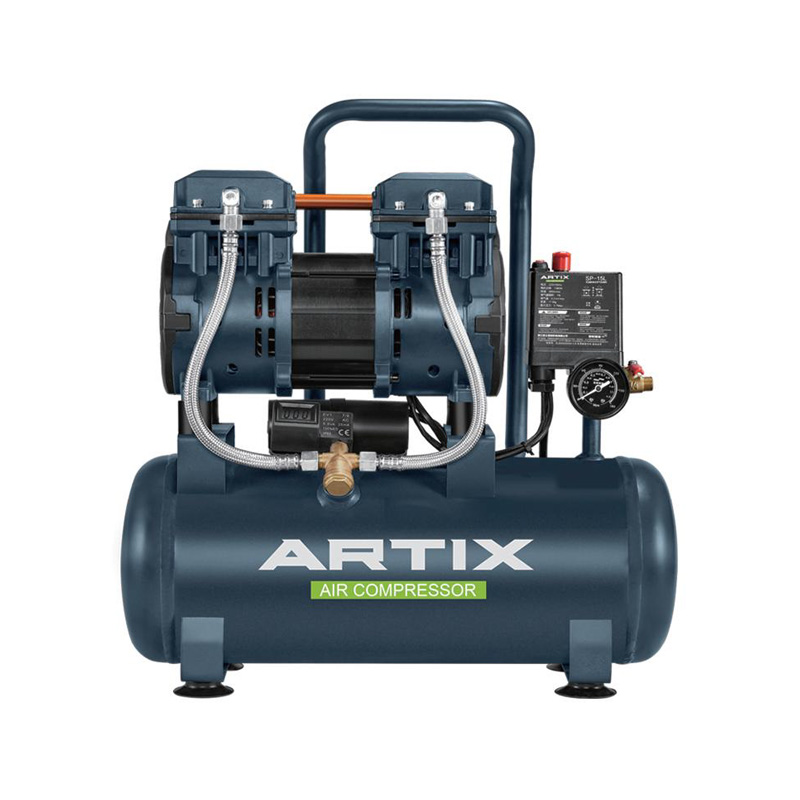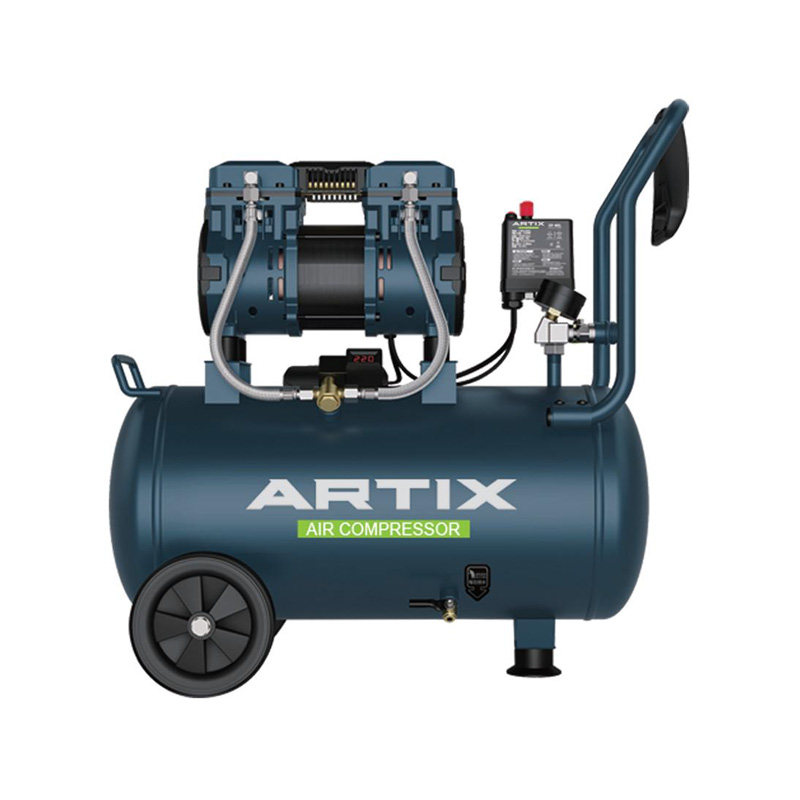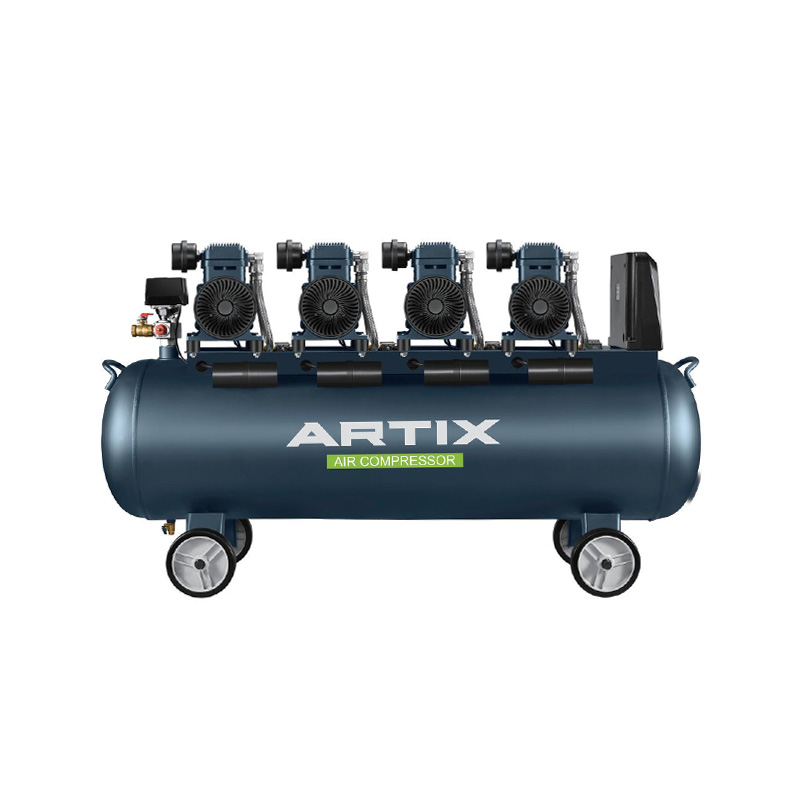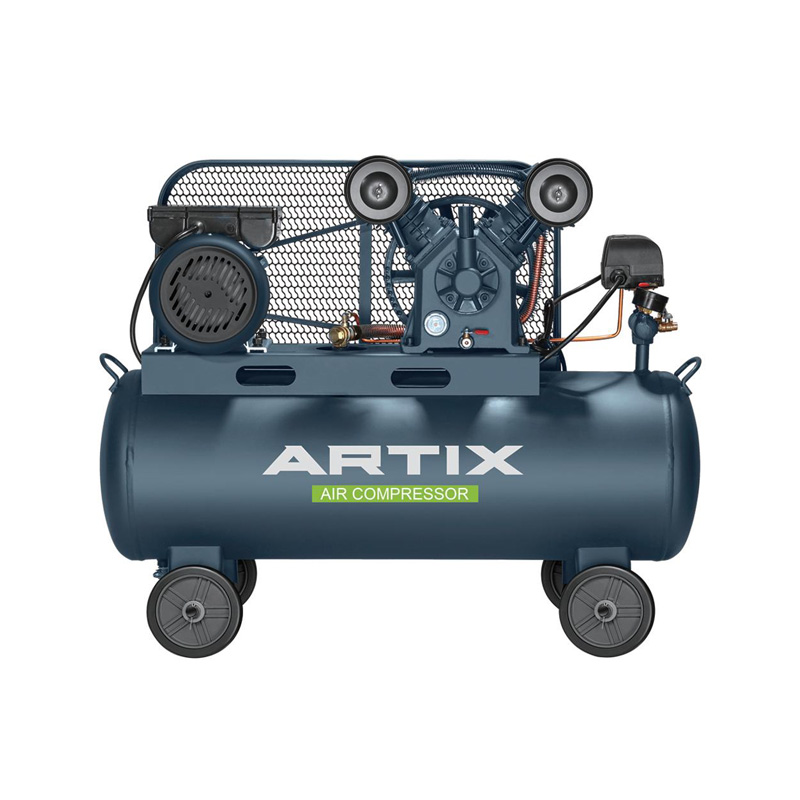Maintaining steady, reliable air pressure is essential for many industrial and workshop environments, where consistent power to tools and machines is a fundamental need. Direct-drive compressors, including reliable air compressor models, are increasingly popular due to their efficiency and compact design. Unlike belt-driven compressors, which rely on belts and pulleys to transmit power, direct-drive compressors connect the motor directly to the pump, offering specific advantages in achieving and maintaining consistent pressure.
This article explores how direct-drive compressors, such as the silent air compressor 100L models, function to support various applications with reliable and consistent pressure and provides practical tips for ensuring good performance.
Understanding Direct-Drive Compressors
In a direct-drive air compressor, the motor is connected directly to the pump, allowing for a more compact and efficient design. This setup means that these compressors generally require less maintenance and deliver faster responses compared to belt-driven models, which rely on a belt to transmit power from the motor to the pump. Belt-drive compressors, such as the 100L belt drive compressor, are also effective and suitable for heavy-duty tasks but have different maintenance needs and performance characteristics.
Direct-drive compressors are widely used in smaller workshops, home garages, and specific industrial settings due to their space-saving qualities and relative simplicity. A major benefit is that they provide a continuous flow of pressurized air, which can be crucial for applications like spray painting, pneumatic tools, or automated assembly lines where fluctuations in pressure could disrupt operations.
Ensuring Consistent Pressure With Your Direct-Drive Compressor
For any air compressor, maintaining a steady and consistent pressure is vital for achieving desired results in both performance and reliability. Here are key practices to ensure that a direct-drive compressor maintains consistent air pressure.
1. Proper Setup and Location
The location of a compressor plays an essential role in its performance. For example, keeping a direct-drive compressor in a cool, well-ventilated area can prevent overheating, which may reduce pressure output. Ensuring the unit is placed on a level, stable surface also less vibrations that could advance to wear over time, thereby helping maintain consistent pressure levels.
2. Routine Maintenance and Inspection
Direct-drive compressors are generally low maintenance, but routine inspections and upkeep are still necessary to maintain stable pressure. Regularly check components such as hoses, fittings, and connectors to ensure there are no leaks or blockages. A small leak can cause a significant drop in pressure, impacting the compressor's performance.
Inspecting the air filter and replacing it when needed is another critical maintenance step. Clean air intake keeps the compressor efficient, as a clogged filter can reduce airflow, causing fluctuations in pressure.
3. Monitoring Pressure Levels
Many direct-drive compressors, including reliable air compressor models, come equipped with gauges that help users monitor pressure levels. Understanding the baseline pressure your compressor should be operating at allows you to spot any discrepancies that may indicate an issue.
Regularly monitor these pressure levels and watch for any sudden changes. If you notice drops in pressure during operation, it may be a sign of a problem with the compressor's seals, valves, or fittings. Addressing these issues promptly helps prevent minor fluctuations from becoming larger problems.
4. Drain the Compressor Tank Regularly
Water condensation is a natural byproduct of the compression process. If left unchecked, this moisture can accumulate within the tank, pilot to rust, corrosion, and even impact the pressure consistency. Draining the compressor tank regularly is particularly important for maintaining the performance of larger units, such as a silent air compressor 100L, as their tanks can accumulate substantial amounts of moisture over time.
Installing an automatic drain valve, if possible, can streamline this maintenance task, ensuring that the compressor remains free from excess moisture and operates at its intended pressure.
5. Managing Temperature for Silent Air Compressor Models
Temperature management is especially important in silent air compressors, as these units are often enclosed to less noise. Overheating can become a challenge for compressors designed to run quietly, so ensure the compressor has adequate ventilation. Consider placing it in a well-ventilated area or using an external fan to prevent temperature-related pressure drops.
Monitoring temperature can help extend the life of the compressor and prevent sudden changes in performance or pressure output, ensuring consistent operation.
Advantages of Direct-Drive Compressors for Consistent Pressure
Direct-drive compressors provide specific benefits when it comes to achieving and maintaining consistent pressure, such as:
- Efficiency and Speed: Direct-drive compressors offer quick startup and response times. They begin delivering pressurized air more immediately, making them ideal for applications requiring an immediate, consistent supply.
- Reduced Energy Loss: The direct connection between the motor and pump reduces energy loss. With fewer moving parts, direct-drive compressors tend to waste less energy and require less input power to achieve desired pressure levels, making them more economical in certain applications.
- Compact and Portable Design: Direct-drive compressors, especially in the 100L capacity range, are often more compact and portable. This mobility allows for flexibility in various workspaces where a fixed or larger unit may not be feasible.
Choosing Between Belt Drive and Direct-Drive Compressors
While direct-drive compressors have many advantages, it’s worth considering the type of work you intend to do. For tasks requiring a continuous, steady output in a larger setting, belt-drive models, like the 100L belt drive compressor, might be more suitable, as they are built to handle extended periods of use without generating excessive heat.
Direct-drive models, however, shine in environments where portability, ease of use, and quick pressure recovery are priorities. Silent air compressor models are also a reliable choice for noise-sensitive settings, such as in workshops where noise reduction is essential.
Maintaining consistent pressure with a direct-drive compressor is achievable with regular maintenance, appropriate setup, and careful monitoring of its operation. Reliable air compressor models in this category, including silent air compressor 100L options, are versatile tools that support a wide range of applications due to their efficient design and pressure stability.
Whether for home, industrial, or specialized applications, a well-maintained direct-drive compressor provides dependable service. By following these tips and performing routine checks, users can ensure their compressor operates smoothly, maintains consistent pressure, and provides a reliable source of power for essential tasks.





